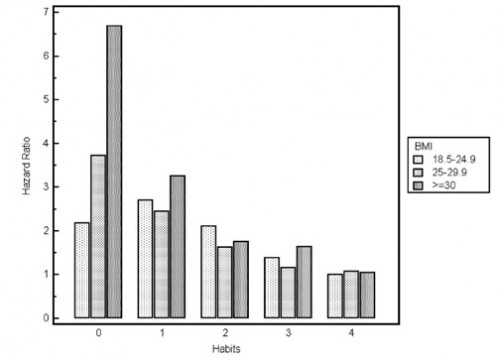In her classic article, Teddy Bear Patriarchy, Donna Haraway examined the arrangement of the taxidermied animals in the American Museum of Natural History mammal hall in the first half of the 1900s. She observed that the dioramas consistently featured nuclear families with strong fathers alert for dangers and nurturing mothers attending to their children.
This was a lie, of course. As we well know, the nuclear family is the exception, not the rule among mammals. Instead of science, it was our own beliefs about men, women, and gender roles that informed the curators of the exhibits… and left viewers with a sense that these arrangements were more natural and universal than they are.
I’m an animal lover and have a broad appreciation for science, so I particularly enjoy exposing this type of projection. Bee Movie was a particularly egregious case and we’ve written posts on nature documentaries that do this (on hyenas and flatworms). The latest case is a Geico commercial. See if you can catch it:
So, if you know anything about lions, you know that it’s unlikely that “Karl” is doing the hunting. Among lions, it is the females who specialize in hunting (and they usually do so in groups, for what it’s worth).
See, no manes:
The commercial certainly coincides nicely with what many of us believe to be true about the natural role of human men, but it doesn’t reflect the reality of lion life at all.
Perhaps the people at Geico thought that a female huntress would confuse or distract the reader from their joke. Or perhaps everyone involved in the project didn’t know this fact about lions; their gender ideology would have masked their ignorance, such that it never occurred to them to look it up. Either way, contemporary ideas about gender shaped this “diorama” and it potentially reinforces similar beliefs among viewers.
Lisa Wade, PhD is an Associate Professor at Tulane University. She is the author of American Hookup, a book about college sexual culture; a textbook about gender; and a forthcoming introductory text: Terrible Magnificent Sociology. You can follow her on Twitter and Instagram.




















